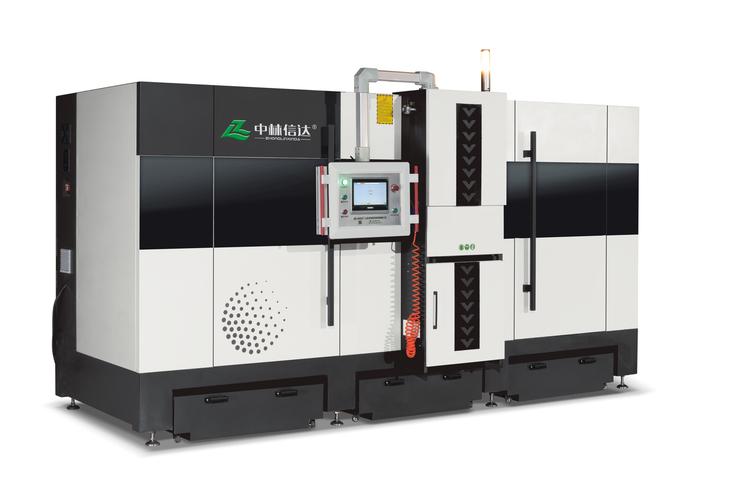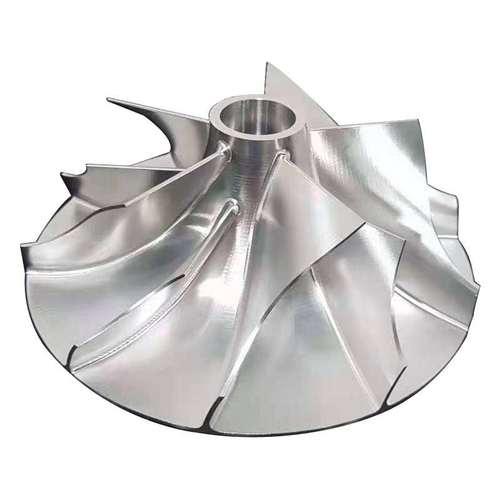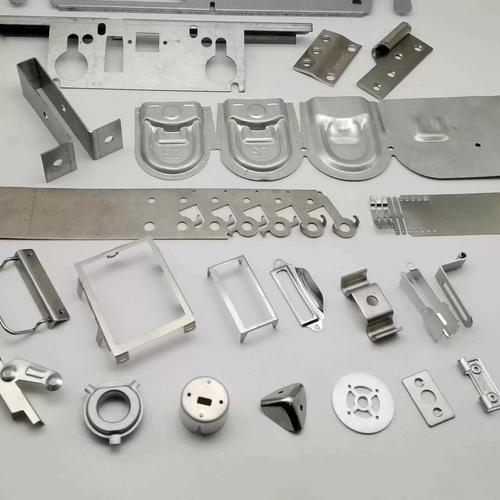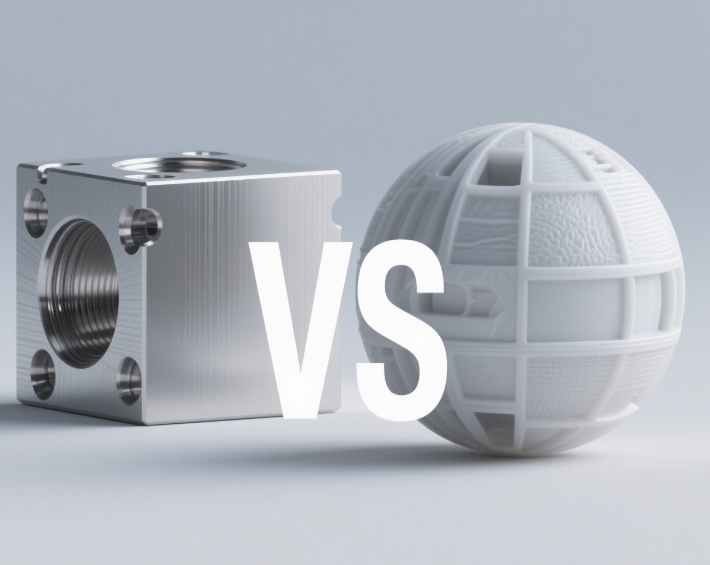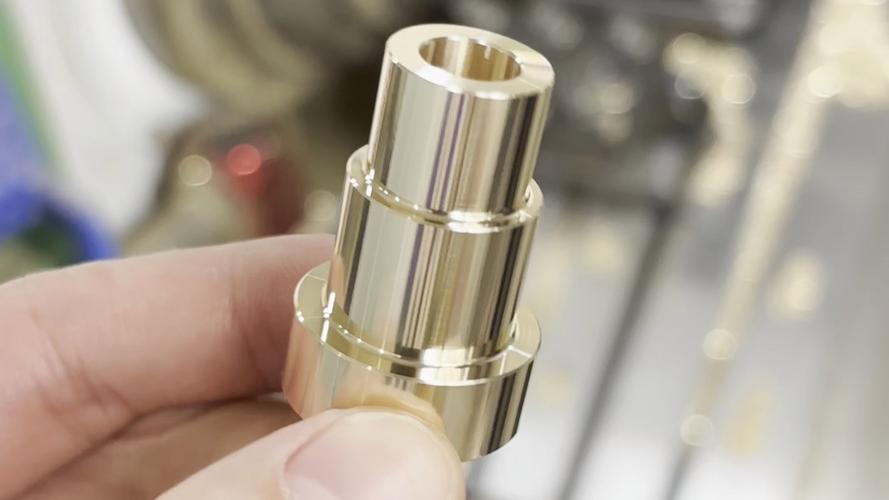A 7 axis CNC machine is an advanced computer numerical control system that operates with 7 distinct axes of motion, enabling highly complex, multi-directional machining of intricate parts. Unlike standard 3-axis (X, Y, Z) or 5-axis machines, it adds two additional rotational axes, allowing the cutting tool to reach nearly any angle or surface on a workpiece in a single setup.
What are the 7 axes?
The 7 axes combine linear and rotational movements to maximize flexibility:
- 3 linear axes (X, Y, Z): These control the tool’s horizontal (X, Y) and vertical (Z) positioning relative to the workpiece, as in basic CNC machines.
- 3 rotational axes (A, B, C):
-
- A-axis: Rotates the workpiece or tool around the X-axis.
-
- B-axis: Rotates around the Y-axis.
-
- C-axis: Rotates around the Z-axis.
- 7th axis (often a linear or rotational extension): Typically a secondary linear axis (e.g., a sliding table) or an additional rotational axis (e.g., for complex part manipulation). This axis varies by manufacturer but enhances reach for large or irregularly shaped workpieces.
How does a 7 axis CNC machine work?
The machine uses a CNC controller to synchronize all 7 axes, executing preprogrammed G-code instructions to:
- Position the workpiece and tool using linear axes (X, Y, Z) for basic alignment.
- Rotate the workpiece or tool via the A, B, or C axes to access angled or hidden surfaces (e.g., undercuts on a turbine blade).
- Extend reach with the 7th axis, allowing machining of large parts (e.g., aircraft wings) without repositioning.
This multi-axis coordination eliminates the need for multiple setups, reducing errors and improving efficiency.
What are the advantages of a 7 axis CNC machine?
- Unmatched complexity: It can machine intricate geometries (e.g., 3D contoured surfaces, internal channels, or asymmetric features) that are impossible with fewer axes.
- Single-setup machining: Parts that would require 2–3 operations on a 5-axis machine can be completed in one run, minimizing workpiece handling and alignment errors.
- Improved precision: Reducing setups lowers the risk of dimensional variations, critical for tight-tolerance parts (e.g., aerospace components with ±0.0005 inch tolerances).
- Versatility: It handles diverse materials, from metals (titanium, steel) to composites, making it suitable for cross-industry applications.
What industries use 7 axis CNC machines?
Due to their advanced capabilities, 7 axis CNC machines are vital in high-precision sectors:
- Aerospace: Machining turbine blades, engine components, or aircraft structural parts with complex curves.
- Medical device manufacturing: Producing custom implants (e.g., hip replacements) with anatomical 3D shapes.
- Defense: Fabricating missile components or armored vehicle parts with irregular contours.
- Automotive racing: Creating high-performance engine parts with optimized airflow channels.
How does it differ from 5 axis CNC machines?
While 5 axis machines (X, Y, Z + A, C) handle most complex parts, 7 axis machines offer:
- Greater reach: The 7th axis extends the tool’s range, enabling machining of longer or larger workpieces (e.g., 10-foot aerospace panels).
- Enhanced angle access: Additional rotational axes allow the tool to approach the workpiece from extreme angles (e.g., 180° around a curved surface), eliminating the need for reorientation.
What are the limitations of 7 axis CNC machines?
- High cost: They are significantly more expensive than 3–5 axis machines, with prices ranging from (500,000 to over )2 million, making them impractical for small-scale production.
- Complex programming: Generating toolpaths for 7 axes requires advanced CAM software and skilled programmers to avoid collisions and ensure smooth motion.
- Maintenance demands: More moving parts increase wear and tear, requiring regular, specialized maintenance to preserve precision.
Conclusion
A 7 axis CNC machine is a cutting-edge manufacturing tool that uses 7 axes of motion to machine highly complex parts with unparalleled precision and efficiency. While costly and technically demanding, it is indispensable for industries requiring intricate, single-setup production of advanced components, pushing the boundaries of what CNC machining can achieve.
